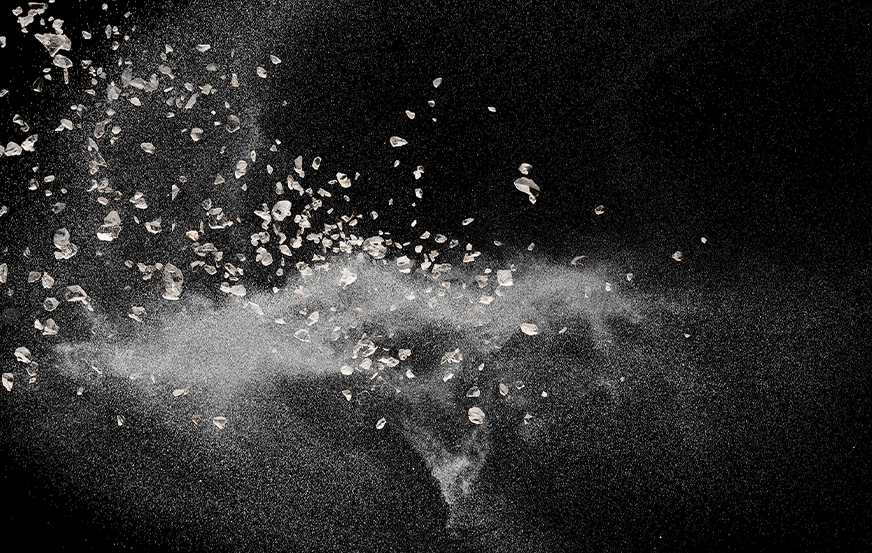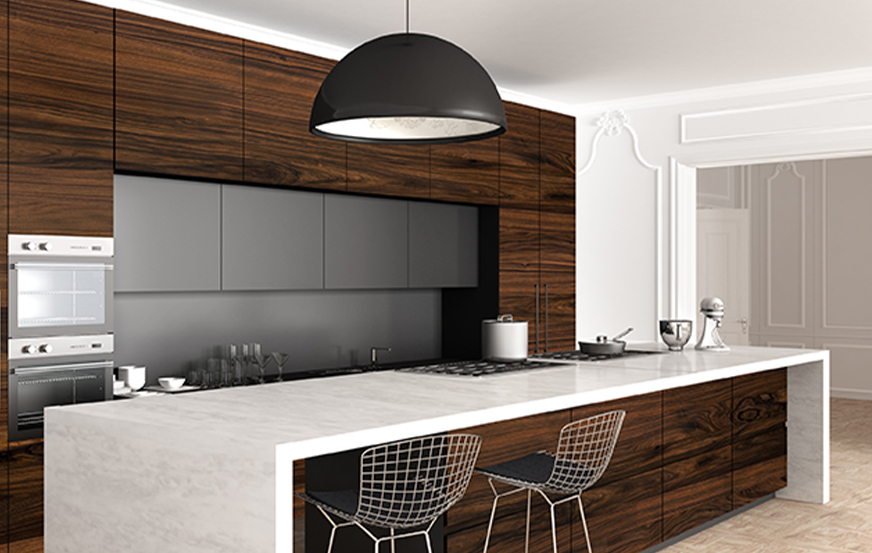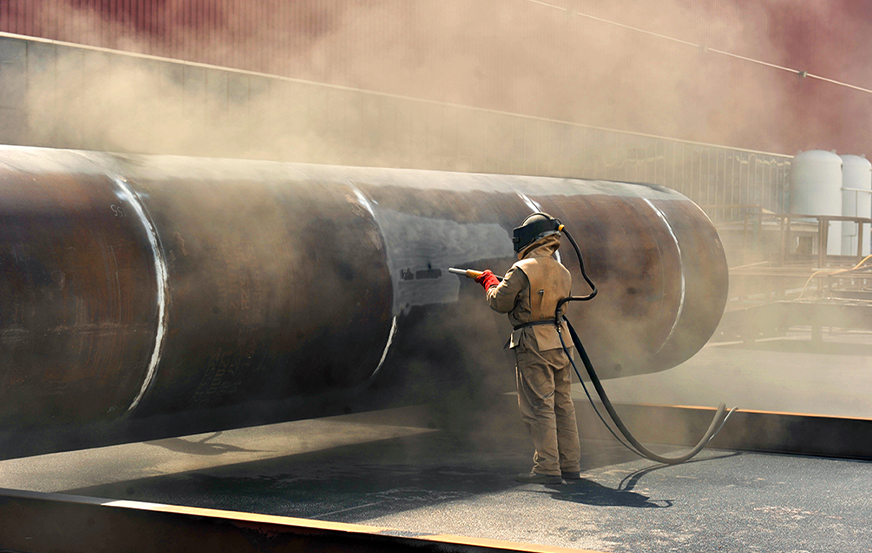Quartz is one of the most developed and used industrial minerals on the planet.
Quartz ore bodies and quartzites are the source of elemental silicon (Si). Depending on the raw quartz silicon high content (95% to >99% SiO2), and trace contaminants, a purified HPQ have different industrial uses. The elements, boron (B) and phosphorous (P), are the most important contaminants to remove from the quartz intended for high-tech/ultra pure uses (photovoltaic or electronic).
Early surface sample testing has already yielded high quality high purity quartz sand results, indicating promising potential for achieving even higher purity levels deeper within the deposit. This is supported by Dorfner Anzaplan report (June 2021) that suggest drilling campaigns to select under surface samples to conduct new purification testing that could reach or even surpass Iota standard.
Different avenues are open to exploit a high purity quartz deposit. In the last decades, high-tech applications using enriched high purity quartz sand have evolved and the global supply does not follow the demand. United States, is the most important producers of HPQ sand.
4 categories of applications based on quartz grade
Quartz is used in a wide variety of applications, depending on its ore format and purity. It is the future of industrial minerals.

01. HPQ Sands
The photovoltaic and electronic/semiconductor technologies utilize purified quartz sands from 99.995% to 99.999% SiO2.
_Nanotechnologies
_Electronic components
_Telecommunications
_Aerospace
_Lightning
_Opticals
_Speciality glass & glass
02. Lump for Metallurgical Silicon ‘’SiM-MG’’
The HPQ quartz lumps are to be melted into Si metal to incorporate into the solar panel supply chain. Silicon metal is also used in aluminium or cast iron alloys.

03. Architectural Applications
The architectural qualities of pure natural quartz are among the most popular among architects and designers. The strength and durability of quartz (7 on Mohs scale) make it a valuable product for both its class for its durability. But the Baie Johan-Beetz is at the top of the range because of its white milky aesthetic and mechanical properties.
The quartz can be extracted as mega-block and cut into slabs for various construction and design applications.Quartz granular is also in high demand for engineering stone as an alternative to slabs from mega-block.04. Manufacturing Residues
Quartz residues can be crushed and sold to be used in numerous applications.
_Sandblasting
_Agglomerated counters

The deposit has 54,22ha of a high-grade of SiO² content for the HPQ and very low impurity of B (<0.2ppm) and P (<0.2ppm). Adjacent and east of the deposit, are additional claims of unexplored areas of adding up 251.28ha that could potentially reveal additional tonnage.
Beside the size of the deposit, it is the raw quality of quartz that it contains that would allow to access several markets.



